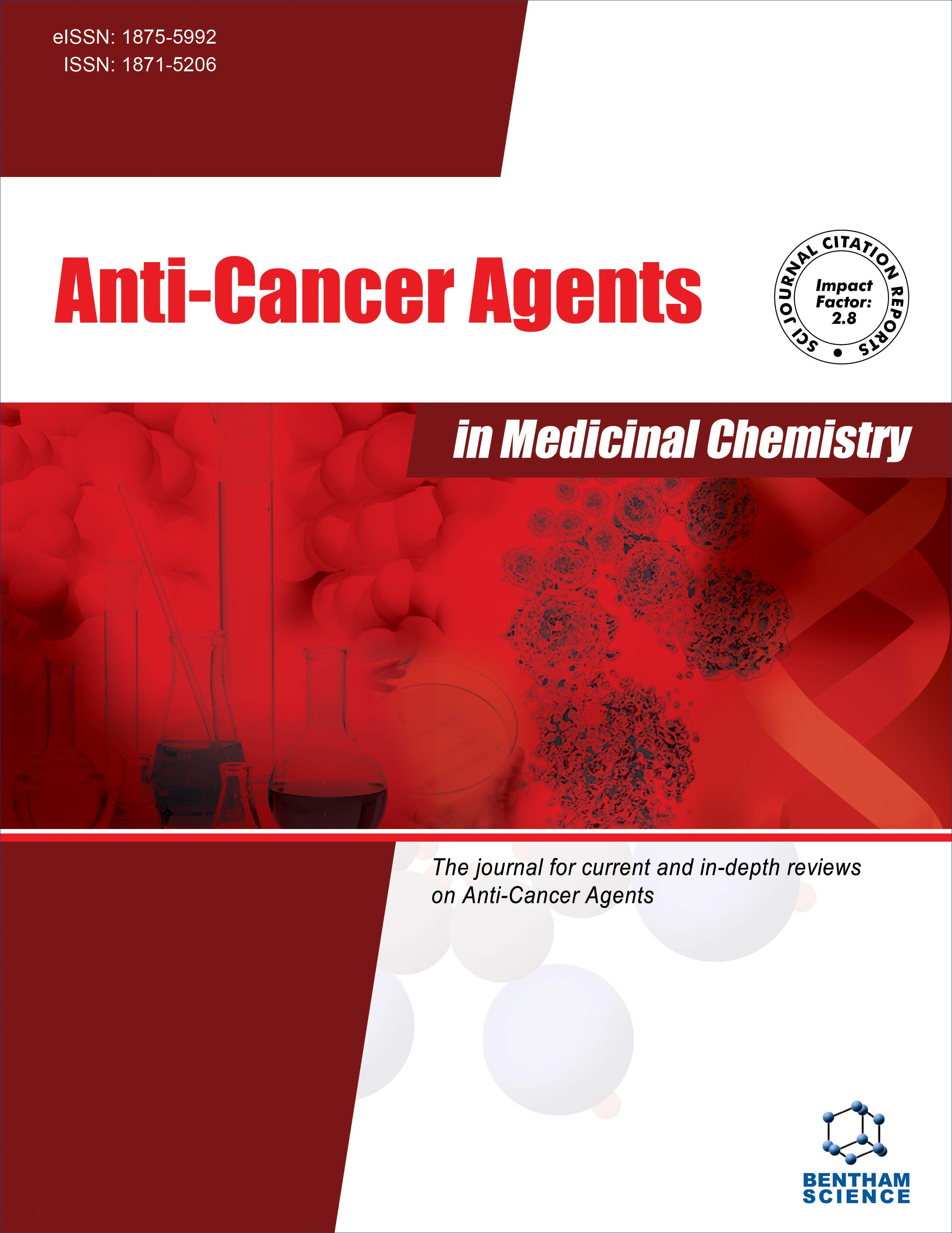
Full text loading...
Programmed cell death-ligand 1 (PD-L1) is overexpressed in tumor cells, which promotes tumor cell survival and cell proliferation and causes tumor cells to escape T-cell killing. Schisanhenol, a biphenyl cyclooctene lignin-like compound, was extracted and isolated from the plant named Schisandra rubriflora (Franch.).
In this work, we studied the anticancer potential of schisanhenol and explored whether schisanhenol mediated its effect by inhibiting the expression of PD-L1 in vitro and in vivo.
In vitro, we performed western blot, immunofluorescence, immunoprecipitation, and colony formation assays to study the proteins, genes, and pathways related to the anti-tumour activity of schisanhenol. In vivo, we explored the antitumor activity of schisanhenol through orthotopic liver transplantation and subcutaneous transplantation tumor models of hepatocellular carcinoma (HCC) cells.
We found that schisanhenol decreased the viability of HCC cells. It inhibited the expression of programmed cell death ligand-1 (PD-L1), which plays a pivotal role in tumorigenesis. Subsequently, schisanhenol suppressed the expression of PD-L1 by decreasing the activation of STAT3. Furthermore, we found that schisanhenol inhibited the activation of STAT3 via JAK/STAT3 (T705), Src/STAT3 (T705), and PI3K/AKT/mTOR/STAT3 (S727) pathways. Colony formation tests showed that schisanhenol suppressed cell proliferation by inhibiting PD-L1. Schisanhenol also enhanced cytotoxic T lymphocytes (CTL) activity and regained their ability to kill tumour cells in co-culture. Finally, in vivo observation confirmed the antitumor activity of schisanhenol.
Schisanhenol inhibits the proliferation of HCC cells by targeting PD-L1 via the STAT3 pathways. These findings prove that schisanhenol is a valuable candidate for HCC therapeutics and reveal previously unknown characteristics of schisanhenol.

Article metrics loading...

Full text loading...
References


Data & Media loading...

